Deleting files is a fundamental task when using any operating system, and Windows 11 offers several methods to do so. However, with its redesigned interface, some users might find it challenging to locate the familiar delete options. This guide will walk you through various ways to delete files on Windows 11, ensuring you can manage your files efficiently.
Delete a file using keyboard shortcuts
The quickest way to delete a file or folder in Windows 11 is by using the keyboard. Simply select the item you wish to delete and press the Delete key. This action will move the file to the Recycle Bin.
If you want to permanently delete a file without sending it to the Recycle Bin, select the file and press Shift + Delete. A confirmation dialog will appear; click 'Yes' to confirm the permanent deletion. Remember, files deleted this way cannot be recovered from the Recycle Bin.
Delete a file using the delete icon in the context menu
Windows 11 introduces a streamlined context menu when you right-click on a file, featuring fewer options for a cleaner look. If you're unsure how to delete a file using this new menu, follow these steps:
- Right-click on the file or folder you want to delete.
- In the context menu that appears, click on the Delete icon, which resembles a trash bin. This icon is typically located at the top or bottom of the menu alongside icons for Cut, Copy, Rename, and Share.

- If a confirmation dialog appears, click 'Yes' to proceed with the deletion.
Note: A confirmation prompt will only appear if it's enabled in the Recycle Bin properties.
Delete a file using the File Explorer command bar
Windows 11's File Explorer features a new command bar at the top, providing quick access to common actions, including deleting files. Here's how you can use it:
- Open File Explorer and navigate to the location of the file or folder you want to delete.
- Select the file or folder by clicking on it.
- Click on the Delete icon (trash bin) in the command bar at the top of the window.

Delete a file using the legacy context menu
If you're more comfortable with the traditional context menu from previous versions of Windows, you can still access it in Windows 11. Follow these steps to delete a file using the legacy context menu:
- Right-click on the file or folder you wish to delete.
- In the context menu, select Show more options to open the classic menu. Alternatively, you can select the file and press Shift + F10 to open it directly.

- Click on the Delete option in the legacy context menu.
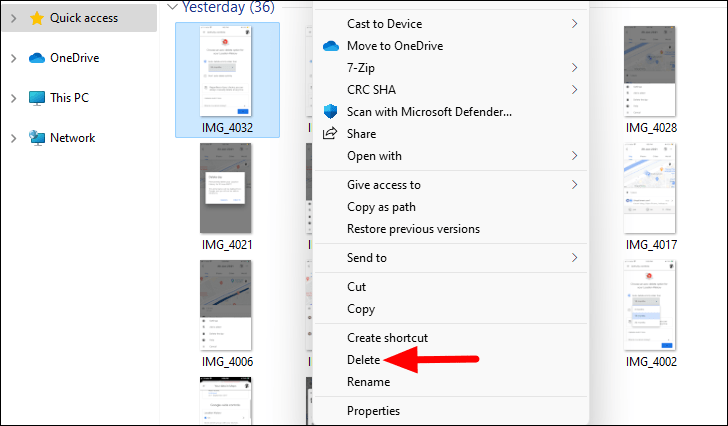
Restore deleted files
If you've accidentally deleted a file, you can recover it from the Recycle Bin, provided it hasn't been permanently removed. It's advisable to restore files promptly, as the Recycle Bin may automatically delete older files when it runs low on storage space. You can restore individual files, multiple selected files, or all items in the Recycle Bin.
To restore a specific file:
- Open the Recycle Bin from the desktop icon or via the Start menu.
- Locate the file you wish to restore.
- Right-click on the file and select Restore from the context menu.
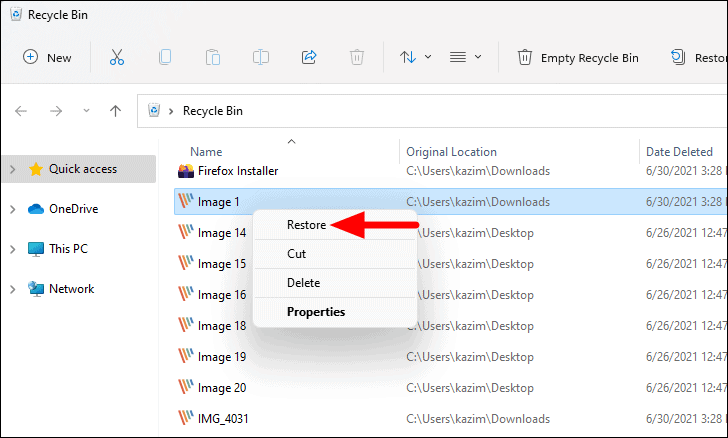
The file will be restored to its original location.
To restore multiple files:
- Open the Recycle Bin.
- Hold down the Ctrl key and click on each file you want to restore to select them.
- Click on Restore the selected items at the top-right corner of the window.
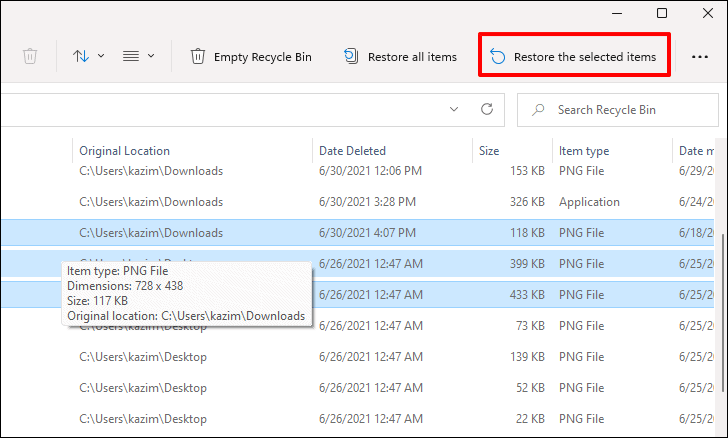
All selected files will be restored to their original locations.
To restore all items in the Recycle Bin:
- Open the Recycle Bin.
- Click on Restore all items at the top-right corner of the window.
- If a confirmation dialog appears, click 'Yes' to proceed.

Empty the Recycle Bin to permanently delete files
Files moved to the Recycle Bin continue to occupy space on your hard drive. If you wish to free up storage and permanently remove these files, you can empty the Recycle Bin. Here's how:
- Open the Recycle Bin.
- Click on the Empty Recycle Bin option in the command bar at the top of the window.
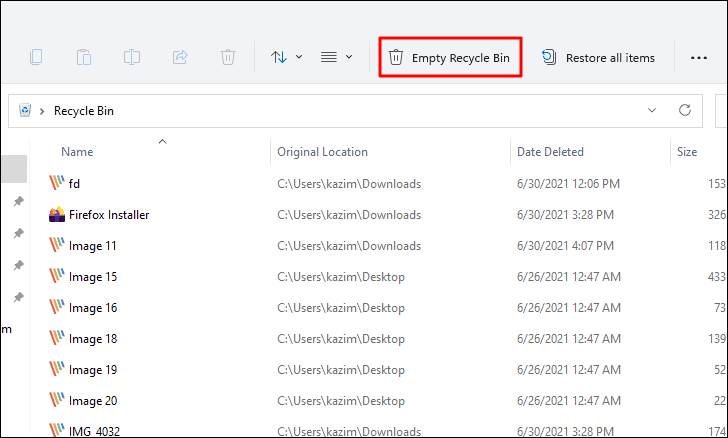
- In the confirmation dialog that appears, click 'Yes' to permanently delete all files in the Recycle Bin.
With these methods, you can efficiently manage your files in Windows 11, whether you're deleting unwanted items or restoring mistakenly deleted ones.





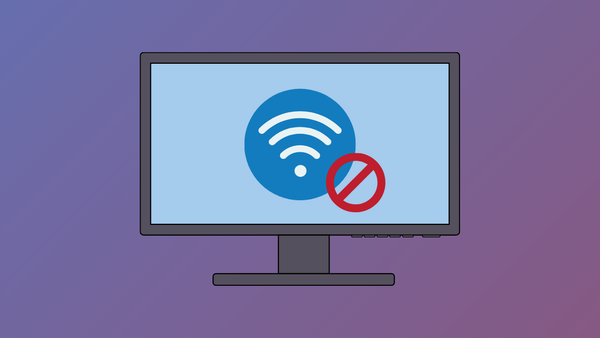

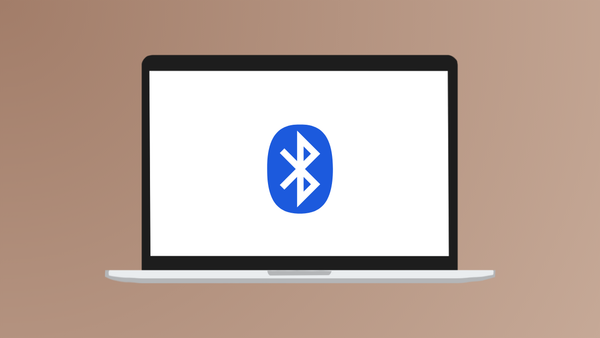

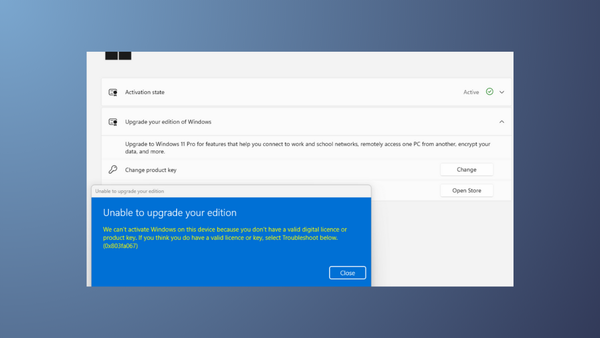
Member discussion